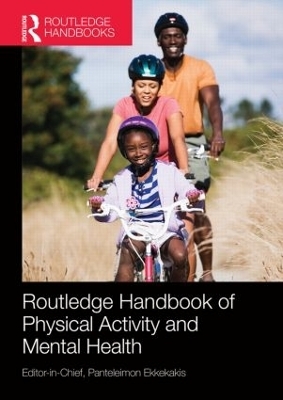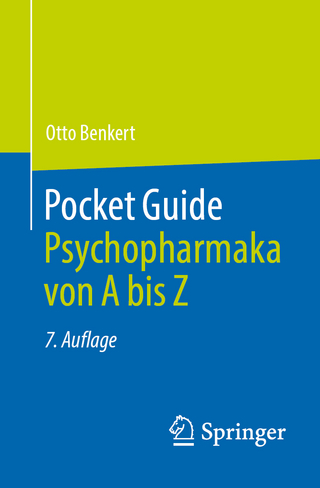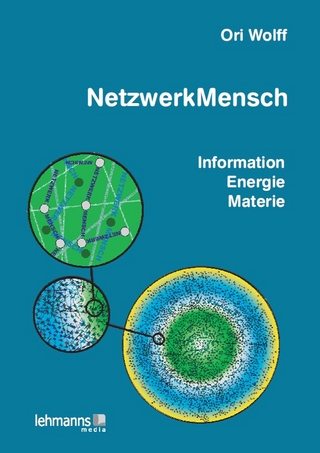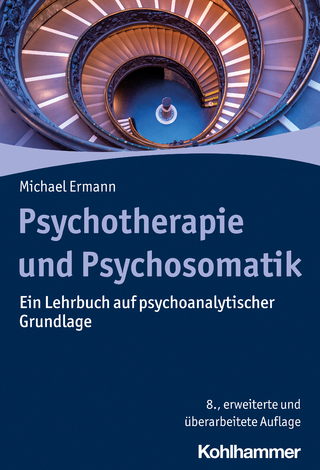
Routledge Handbook of Physical Activity and Mental Health
Routledge (Verlag)
978-1-138-92473-4 (ISBN)
The Routledge Handbook of Physical Activity and Mental Health offers the most comprehensive review of the research evidence on the effects of physical activity on multiple facets of mental health. Written by a team of world-leading international experts, the book covers ten thematic areas:
physical activity and the ‘feel good’ effect
anxiety disorders
depression and mood disorders
self-perceptions and self-evaluations
cognitive function across the lifespan
psychosocial stress
pain
energy and fatigue
addictions
quality of life in special populations.
This volume presents a balanced assessment of the research evidence, highlights important directions for future work, and draws clear links between theory, research, and clinical practice. As the most complete and authoritative resource on the topic of physical activity and mental health, this is essential reading for researchers, students and practitioners in a wide range of fields, including clinical and health psychology, psychiatry, neuroscience, behavioural and preventive medicine, gerontology, nursing, public health and primary care.
Panteleimon Ekkekakis is an Associate Professor at the Department of Kinesiology, Iowa State University, USA. His research focuses on the affective responses to physical activity of different levels of intensity, as well as the cognitive and physiological factors that influence these responses. His publications span the areas of affective psychology, psychometrics, personality and individual differences, psychophysiology, health psychology, behavioural and preventive medicine, applied physiology, and exercise science. He is also an elected fellow of the American College of Sports medicine.
Physical Activity as a Mental Health Intervention in the Era of Managed Care: A Rationale Section 1: The Physical Activity ‘Feel Good’ Effect 1. Pleasure from the Exercising Body: Two centuries of changing outlooks in psychological thought 2. Physical Activity and Reward: The role of endogenous opioids 3. Physical Activity Feel-Good Effect: The role of endocannabinoids 4. Physical Activity and Reward: The role of dopamine Section 2: Anxiety Disorders 5. The Relationship Between Physical Activity and Anxiety and its Disorders 6. Mechanisms Underlying the Relationship Between Physical Activity and Anxiety: Human data 7. Mechanisms Underlying the Relationship Between Physical Activity and Anxiety: Animal data Section 3: Depression and Mood Disorders 8. Exercise and Physical Activity in the Prevention and Treatment of Depression 9. Potential Psychological Mechanisms Underlying the Exercise and Depression Relationship 10. The Neurobiology of Depression and Physical Exercise Section 4: Self-Perceptions and Self-Evaluations 11. Physical Activity and Self-Perceptions Among Children and Adolescents 12. Physical Activity and Self-Perceptions Among Adults 13. Identities, Schemas and Definitions: How aspects of the self influence exercise behavior 14. Physical Activity and Personal Agency: Self-efficacy as a determinant, consequence, and mediator 15. Physical Activity and Body Image Section 5: Cognitive Function across the Lifespan 16. Physical Activity: Relations with children's cognitive and academic performance 17. Exercise Effects on Brain and Cognition in Older Adults 18. Physical Activity, Cognitive Impairment, and Dementia 19. Exercise and Cognitive Function: Neurobiological mechanisms Section 6: Psychosocial Stress 20. Physical Activity, Stress Reactivity, and Stress-Mediated Pathophysiology 21. Impact of Physical Activity on Diurnal Rhythms: A potential mechanism for exercise-induced stress resistance and resilience 22. Physical Activity and Stress: Peripheral physiological adaptations 23. Physical Activity, Stress, and Immune Function Section 7: Pain 24. The Interaction of Musculoskeletal Pain and Physical Activity: Human studies 25. Effects of Physical Activity on Laboratory Pain: Studies on animals 26. Effects of Acute and Chronic Physical Activity on Chronic Pain Conditions 27. Physical Activity and Pain: Neurobiological mechanisms Section 8: Energy and Fatigue 28. Effect of Acute and Regular Aerobic Physical Activity on Positive Activated Affect 29. Physical Activity and Feelings of Fatigue 30. Tired of Being Sedentary: Physical activity as a treatment goal in patients with chronic fatigue syndrome Section 9: Addictions 31. Physical Activity as an Aid in Smoking Cessation 32. Physical Activity and Alcohol and Drug Use Disorders 33. The Neurobiology of Exercise and Drug-Seeking Behavior Section 10: Quality of Life in Special Populations 34. Role of Physical Activity in Older Adults' Quality of Life 35. Physical Activity and Quality of Life in Cardiovascular and Pulmonary Diseases 36. Physical Activity and Quality of Life in Cancer Survivors 37. Physical Activity and Quality of Life in Multiple Sclerosis 38. Exercise and Quality of Life in Schizophrenia Postscript
| Erscheint lt. Verlag | 29.4.2015 |
|---|---|
| Reihe/Serie | Routledge International Handbooks |
| Zusatzinfo | 5 Tables, black and white; 57 Line drawings, black and white |
| Verlagsort | London |
| Sprache | englisch |
| Maße | 174 x 246 mm |
| Gewicht | 1020 g |
| Themenwelt | Sachbuch/Ratgeber ► Sport |
| Geisteswissenschaften ► Psychologie ► Klinische Psychologie | |
| Medizin / Pharmazie ► Allgemeines / Lexika | |
| Medizin / Pharmazie ► Medizinische Fachgebiete ► Psychiatrie / Psychotherapie | |
| Medizin / Pharmazie ► Medizinische Fachgebiete ► Sportmedizin | |
| Medizin / Pharmazie ► Physiotherapie / Ergotherapie ► Ergotherapie | |
| Weitere Fachgebiete ► Sportwissenschaft | |
| ISBN-10 | 1-138-92473-3 / 1138924733 |
| ISBN-13 | 978-1-138-92473-4 / 9781138924734 |
| Zustand | Neuware |
| Informationen gemäß Produktsicherheitsverordnung (GPSR) | |
| Haben Sie eine Frage zum Produkt? |
aus dem Bereich


